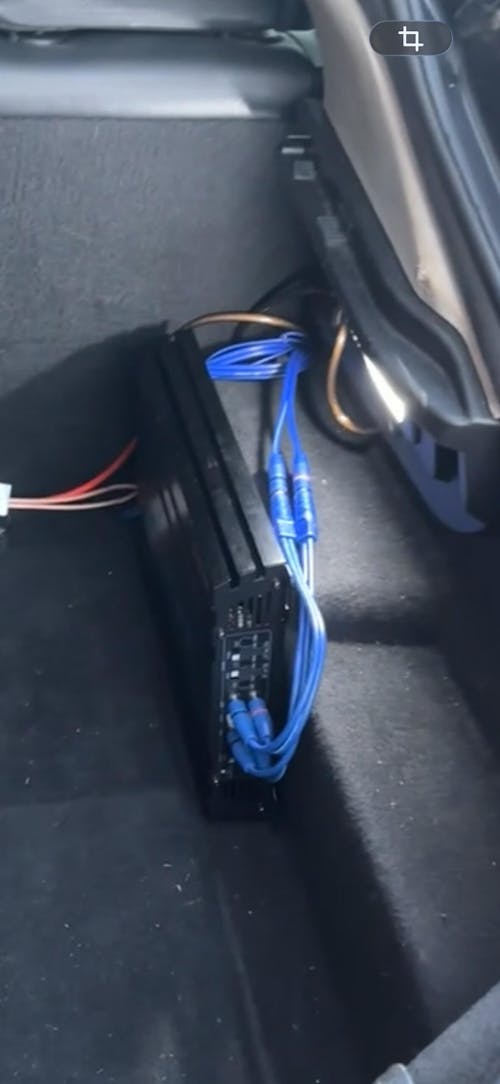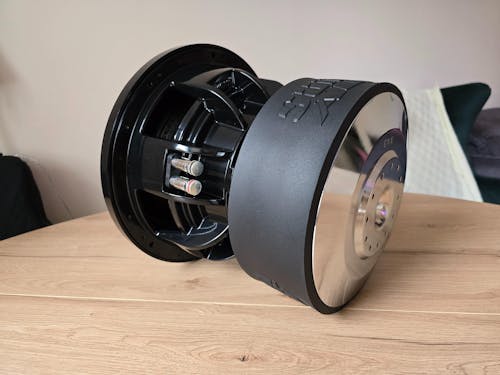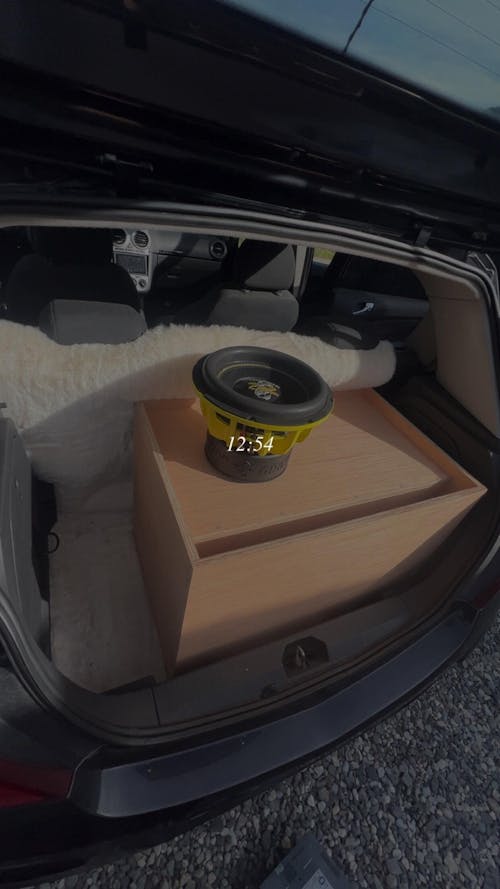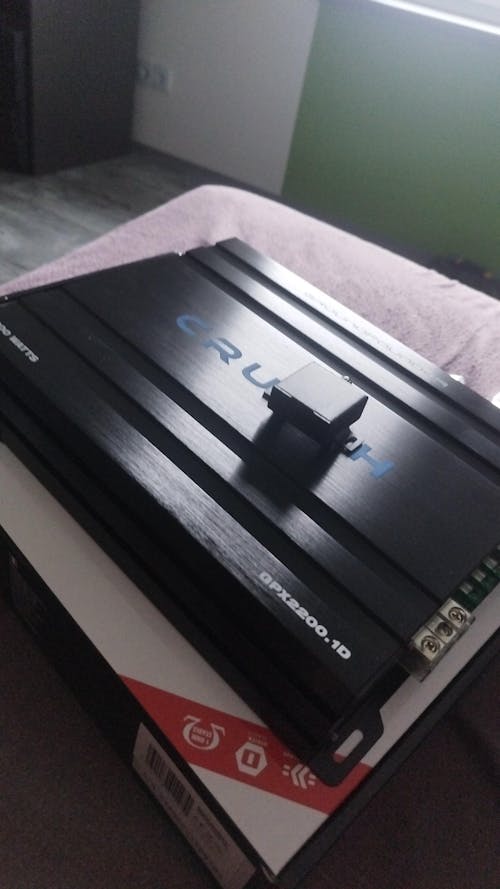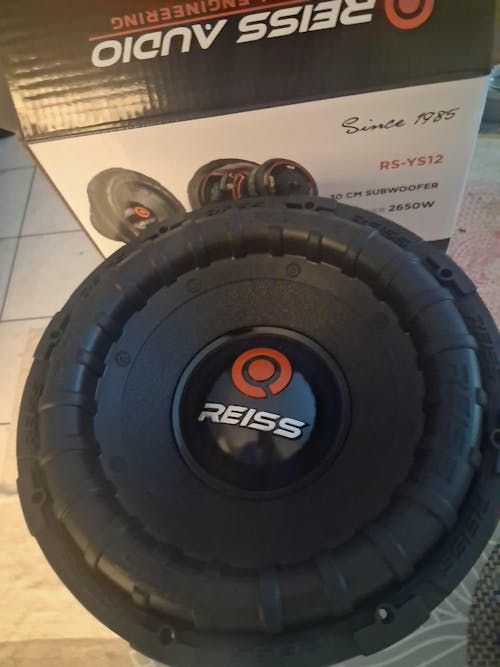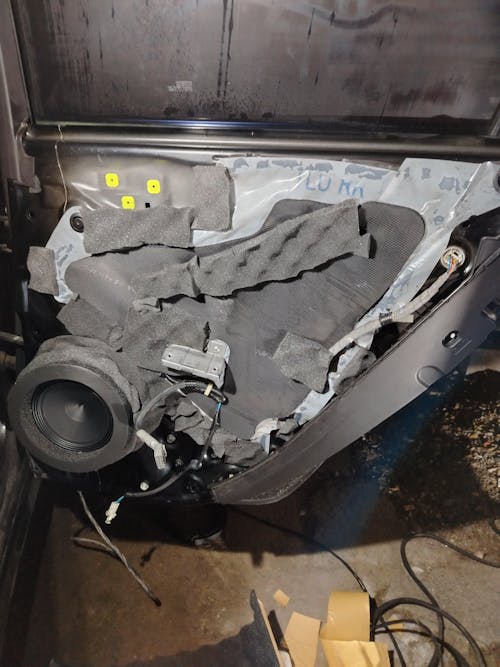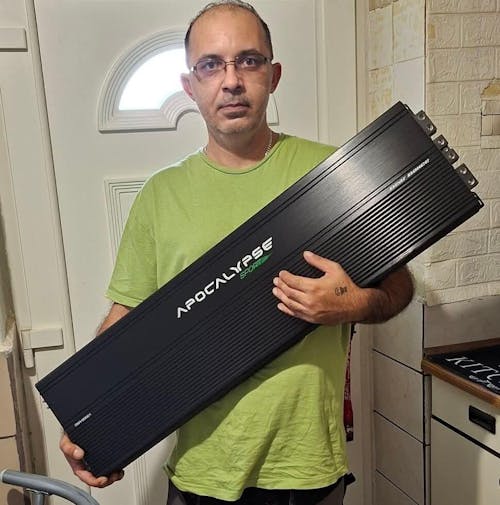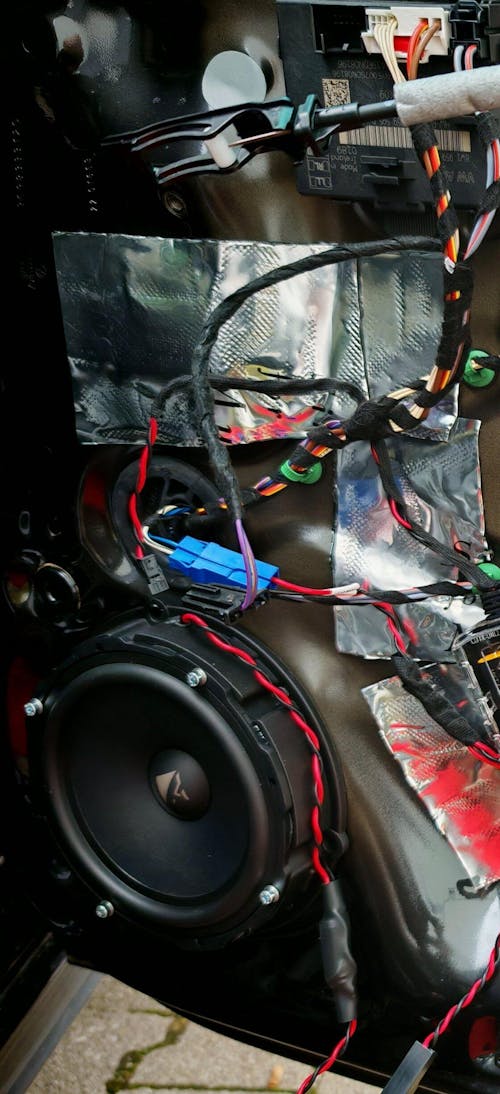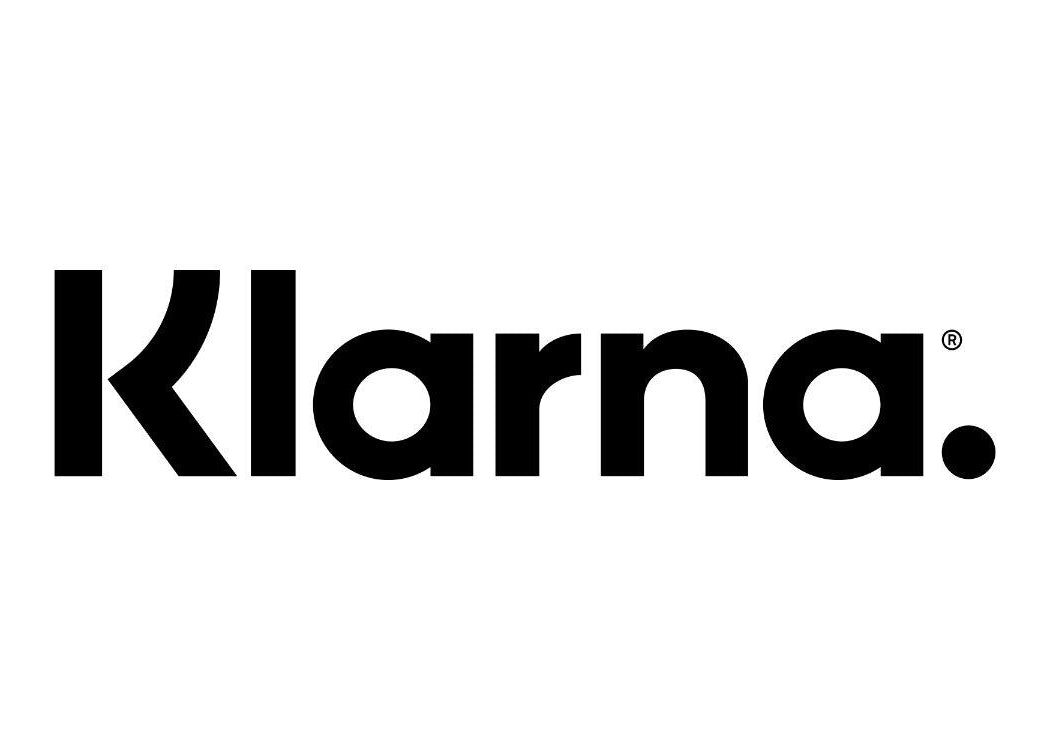Hertz HMD8 DSP 8-channel amplifier
Hertz HMD8 DSP 8-channel amplifier
- Power per channel: 130 watts at 2 Ω, 85 watts at 4 Ω.
- Minimum load impedance 2 Ω, distortion only 0.06% at 4 Ω.
- Bandwidth from 10Hz to 22kHz, signal-to-noise ratio 105 dBA.
- Mehr technische Details
Availability for pickups could not be loaded.
Shipping cost calculator
Shipping cost calculator
Warranty & additional device protection for your Hi‑Fi system
Rob
Max
Not sure if this product fits your car?
We help you — quickly, personally and without obligation.
Fill out the form and we will send you a personalized offer
This product is not universally compatible. Send us your vehicle data and we will check the fit for your model free of charge.
HMD8 DSP by Hertz
The 8-Channel Marine Amplifier HMD8 DSP from Hertz: Experience redefined sound with this high-quality audio technology. With a user-friendly DSP PC software interface and impressive power, the HMD8 DSP can control your entire speaker system and deliver crystal-clear sound pressure in up to three different zones of your boat. Thanks to its robust construction and corrosion-protected circuit board, it guarantees years of listening pleasure on open water. Powerful, durable, and designed for an unparalleled sound experience – that is the HMD8 DSP from Hertz.
Key Features
- Power Supply
- Operating supply voltage 11 - 15 VDC / 2 x 30A
- Power supply 6.5 V - 17 V
- Idle current 1.6 A
- Off 1.7 mA
- Consumption @ 14.4 VDC, 2Ω, max. musical power 55 A
- Remote-IN voltage 6 - 15 VDC (1 mA)
- Remote-OUT voltage 4 - 15 VDC (150 mA)
Audio Specifications
- Amplifier
- Distortion - Total Harmonic Distortion @ 1 kHz, 4Ω, 70% rated power 0.06%
- Damping factor @ 1 kHz, 4Ω, 2 VRMS > 110
- Bandwidth @ -1.5 dB 10Hz - 22kHz
- Signal-to-noise ratio (A-weighted @ 1 V input) Master input 100 dBA
- Signal-to-noise ratio (A-weighted @ 1 V input) Optical input 105 dBA
- Input sensitivity Pre-In 0.6 - 6 VRMS
- Input sensitivity Speaker-In 2.2 - 22 VRMS
- Minimum load impedance
- 8 channels: 2 Ω
- 4Ch - (Bridge 1/2; 3/4; 5/6; 7/8): 4Ω
- Output power (RMS) @28.8 VDC, 1% THD:
- 8 channels @ 4 Ω 85 Watts x 8
- 8 channels @ 2 Ω 130 Watts x 8
- 4Ch (Bridge 1/2; 3/4; 5/6; 7/8) @ 4Ω 260 Watts x 4
Digital Signal Processor
- Filter type Full / High-pass / Low-pass / Band-pass
- Filter model and slope Butterworth (6, 12, 18, 24, 30, 36, 42, 48, 54, 60 dB/octave) Linkwitz-Riley (12, 24, 36, 48, 60 dB/octave) Bessel (6, 12, 18, 24, 30, 36, 42, 48, 54, 60 dB/octave) Chebyshev (6, 12, 18, 24, 30, 36, 42, 48, 54, 60 dB/octave) Quasi-linear QLP phase (6, 12 dB/octave)
- Crossover frequency 20 Hz – 20000 Hz integer values
- Phase control 0° - 180°
- Output Equalizer
- Graphic and Parametric modes n. 10 parametric poles (Peaking, High Shelf, Low Shelf, Notch, All Pass) ±12 dB gain, variable Q (0.5 – 16.0)
- n. 10 graphic poles
- Time alignment distance 0 - 54 inches
- Time alignment delay 0 - 15 ms
- Time adjustment step 1 cm
- Memories
- n. 2 memories
- n. 3 parametric poles for each memory (Peaking, High Shelf, Low Shelf) ±12 dB gain, variable Q (0.5 – 16.0)
- Preset rotary switch for 7 installation presets
Physical Specifications

- Max. size W x H x D (mm) 238 x 49.5 x 155
- Weight (kg) 1.98
Input / Output

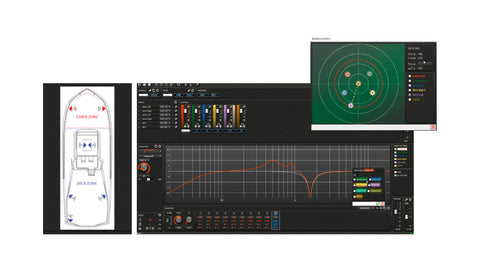
Hertz HMD8 DSP Datenblatt
Frequent questions about HMD8 DSP
Wie wirkt sich der DSP in HMD8 DSP von Hertz auf den Klang aus?
Wie wirkt sich der DSP in HMD8 DSP von Hertz auf den Klang aus?
Welche Stromversorgung benötigt der Hertz HMD8 DSP?
Welche Stromversorgung benötigt der Hertz HMD8 DSP?
Welche Audioleistungen hat der HMD8 DSP Marine-Verstärker?
Welche Audioleistungen hat der HMD8 DSP Marine-Verstärker?
Welche Funktion hat das Signal-Rausch-Verhältnis im HMD8 DSP?
Welche Funktion hat das Signal-Rausch-Verhältnis im HMD8 DSP?
Welche Rolle spielt die Eingangs- und Ausgangsempfindlichkeit beim HMD8 DSP?
Welche Rolle spielt die Eingangs- und Ausgangsempfindlichkeit beim HMD8 DSP?
Wie steigert der Hertz HMD8 DSP die Klangqualität?
Wie steigert der Hertz HMD8 DSP die Klangqualität?
Welche Kompatibilität bietet der HMD8 DSP bei minimaler Last?
Welche Kompatibilität bietet der HMD8 DSP bei minimaler Last?
Wie gestaltet sich die Installation des HMD8 DSP im Schiff?
Wie gestaltet sich die Installation des HMD8 DSP im Schiff?
Wie lässt sich der HMD8 DSP von Hertz an unterschiedliche Soundsettings anpassen?
Wie lässt sich der HMD8 DSP von Hertz an unterschiedliche Soundsettings anpassen?
Welche Vorteile bietet die Verarbeitung des HMD8 DSP im Marinebereich?
Welche Vorteile bietet die Verarbeitung des HMD8 DSP im Marinebereich?
Herstellerinformation/verantwortliche Person
Herstellerinformation/verantwortliche Person
Let customers speak for us
Ask a question about HMD8 DSP

Subwoofer Complete Sets - Stress-Free Bass Upgrade
- Ready to install with everything you need
- Perfect compatibility
- Easy installation
Recently viewed products









